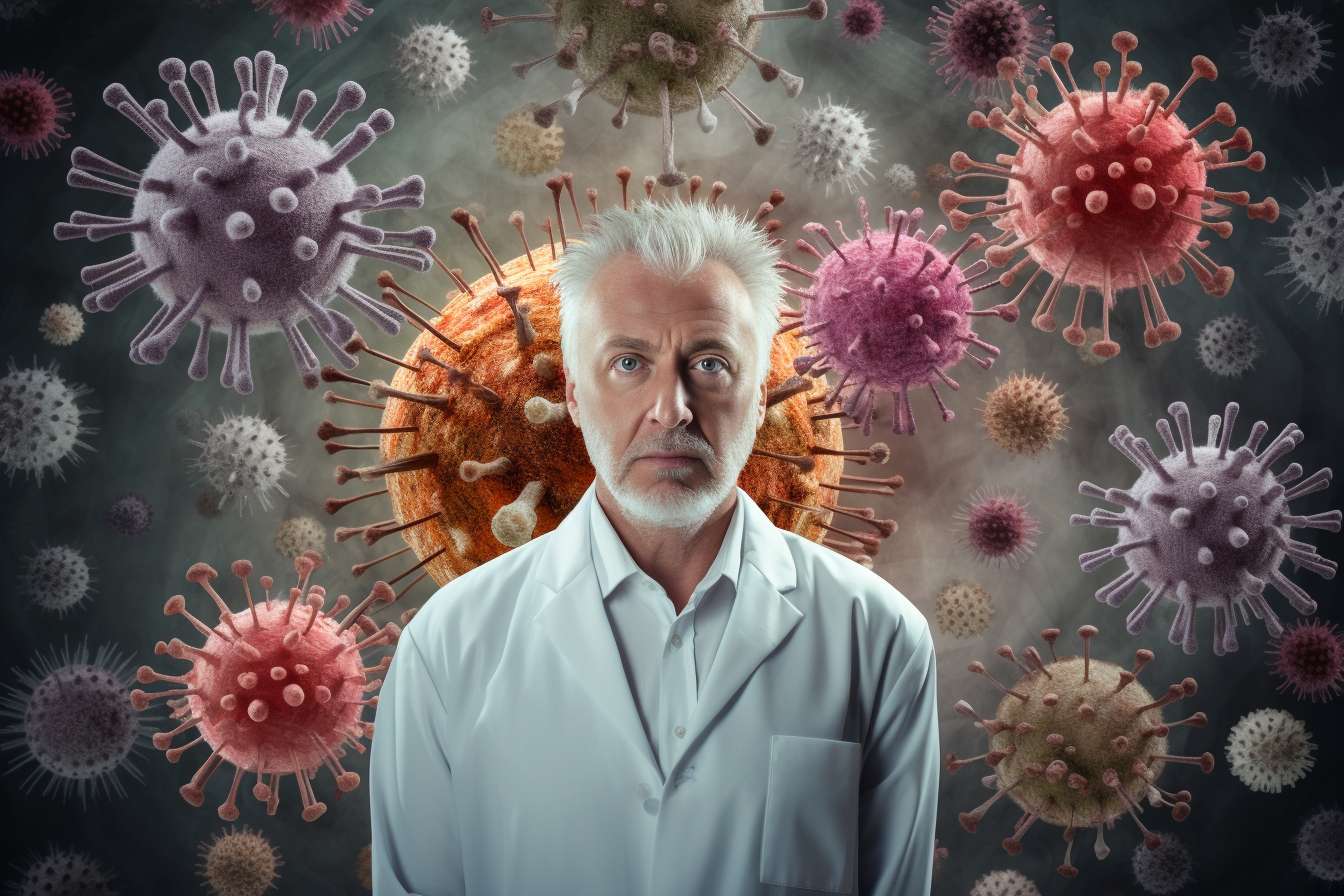Early HIV Symptoms and Testing Windows in the United States 2025: What You Need to Know
Early HIV infection often mimics the flu, so it can be missed. Knowing early symptoms and the timing for different HIV tests helps protect your health and limit transmission. This article explains common early signs, test window periods, and where to get tested in the United States.

Recognizing Early HIV Symptoms: What to Watch For
Early HIV infection, often referred to as acute HIV syndrome, generally occurs within 2 to 4 weeks after exposure to the virus. During this stage, many individuals experience symptoms similar to flu or other common viral infections, making it challenging to identify without testing. Typical early symptoms include:
- Fever and fatigue
- Swollen lymph nodes
- Sore throat
- Rash
- Muscle aches and headaches
- Night sweats
- Mouth ulcers
- Unexplained weight loss
These symptoms commonly last for 1 to 2 weeks and then fade. Importantly, many people do not experience any noticeable symptoms during this early phase. Despite the absence of obvious signs, the virus is highly active, and viral loads tend to be at their peak, meaning the risk of transmission is significant. Because early symptoms are often subtle or absent, regular testing based on risk exposure is vital for early detection.
Different HIV Testing Methods and Their Window Periods
Understanding the “window period”—the time after infection before a test can reliably detect HIV—is crucial for accurate testing and diagnosis. The window period varies depending on the type of test:
-
Antibody Tests: These detect antibodies produced by your immune system in response to HIV. The window period generally ranges from about 23 to 90 days post-exposure. Rapid antibody tests, which can use blood or oral fluid, can deliver results in about 20 minutes but may require follow-up confirmation.
-
Combination Antigen/Antibody Tests (4th Generation): These tests detect both antibodies and the p24 antigen, a protein present in early HIV infection. They typically identify HIV infection within 18 to 45 days after exposure, reducing the window period compared to antibody-only tests. Most lab-based tests use this method, though rapid tests using finger-stick blood are also available.
-
Nucleic Acid Tests (NAT): NATs detect the virus’s RNA directly, offering the shortest window period of approximately 10 to 14 days. These tests are more expensive and less commonly used for routine screening but are recommended when recent exposure is suspected, or early symptoms are present despite negative antibody or antigen/antibody tests.
Recommendations for When to Get Tested for HIV in the United States
Testing guidelines aim to balance early detection and resource accessibility:
-
General Population: Everyone aged 13 to 64 should be tested for HIV at least once, regardless of risk.
-
Higher-Risk Individuals: Those with elevated exposures—such as sexually active gay and bisexual men, people with multiple partners, or individuals who inject drugs—should consider testing more frequently, approximately every 3 to 6 months.
-
Pregnant Persons: Testing is recommended during every pregnancy to prevent mother-to-child HIV transmission.
-
After Potential Exposure: Testing should be conducted promptly after a suspected exposure, with follow-up testing based on the specific test’s window period to confirm results.
If an exposure is very recent (within 72 hours), immediate consultation with a healthcare provider about post-exposure prophylaxis (PEP) is crucial to reduce the risk of infection.
Where to Access HIV Testing in the United States
HIV testing is widely available through various channels across the United States:
- Community health centers and public health departments
- Planned Parenthood clinics
- Mobile testing units visiting neighborhoods
- LGBTQ+ focused community centers
- College and university health services
- Private healthcare providers and urgent care clinics
- Pharmacies offering rapid tests and self-test kits
The Centers for Disease Control and Prevention (CDC) provide an online locator tool to identify nearby testing sites offering free or low-cost services. Additionally, FDA-approved HIV self-testing kits are available at pharmacies and online, allowing private, convenient at-home testing with oral fluid samples. It’s important to follow instructions carefully and seek confirmatory testing in the event of a positive or invalid result.
The Importance of Early HIV Detection and Treatment
Early diagnosis and initiation of antiretroviral therapy (ART) have transformed HIV from a fatal illness into a manageable chronic condition. Prompt treatment:
- Preserves immune function
- Prevents progression to AIDS
- Achieves undetectable viral loads, effectively eliminating the risk of sexual transmission (“U=U” – undetectable equals untransmittable)
- Reduces the likelihood of opportunistic infections
Early detection also supports public health efforts to reduce transmission rates and move toward ending the HIV epidemic.
What to Expect After Testing
-
Negative Result During Window Period: A negative result shortly after potential exposure is not conclusive. Retesting after the window period is necessary for confirmation.
-
Positive Rapid or Antibody Test: Confirmatory testing is always required to ensure accuracy before any diagnosis.
-
Connecting to Care: Those diagnosed with HIV should promptly engage with healthcare providers to start ART and receive ongoing support.
Insurance coverage in the United States generally includes HIV screening without copays under the Affordable Care Act. For uninsured individuals, many testing locations provide free or reduced-cost testing.
Understanding early HIV symptoms and test timing empowers individuals to make informed health decisions. By recognizing potential signs and utilizing appropriate testing methods within the United States healthcare system, you can contribute to maintaining your health and supporting broader HIV prevention efforts.
Sources
- Centers for Disease Control and Prevention (CDC): Getting Tested for HIV
- HIV.gov: HIV Testing Overview
- LifestyleTips101: Early HIV Symptoms and When to Get Tested
This article is for informational purposes only and does not constitute medical advice. Please consult a qualified healthcare provider for personal diagnosis and treatment recommendations.




